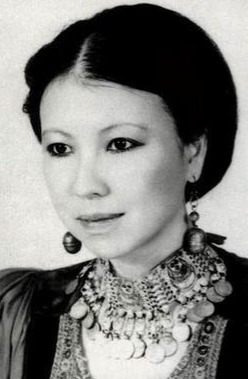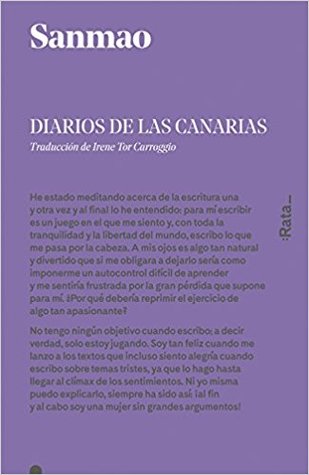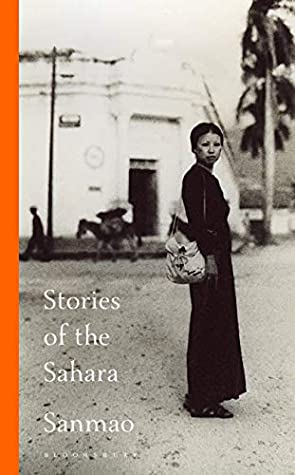Sanmao

Sanmao (Chinese: 三毛; March 26, 1943 – January 4, 1991) was a Taiwanese writer and translator. Her works range from autobiographical writing, travel writing, and reflective novels, to translations of Spanish-language comic strips. She studied philosophy and taught German before becoming a career writer.
Born as Chen Mao-ping (陳懋平), her pen name was adopted from the main character of Zhang Leping's most famous work, Sanmao. In English, she was also known as Echo or Echo Chan, the first name she used in Latin script, after the eponymous Greek nymph.
Sanmao was born in Chongqing to Chen Siqing, a lawyer, and Miao Jinlan. She had an older sister, Chen Tianxin. Her parents were devout Christians. Her family was from Zhejiang. After the Second Sino-Japanese War, the family moved to Nanjing. When she was six, her family moved to Taiwan because of the Communist takeover of mainland China. She disliked the lack of freedom in Taiwan's educational system, in which strict restrictions were placed on students.
As a child, she developed an early interest in literature and was exposed to famous Chinese writers, such as Lu Xun, Ba Jin, Bing Xin, Lao She, and Yu Dafu. She read works such as The Count of Monte Cristo, Don Quixote, and Gone with the Wind. She was particularly interested in Dream of the Red Chamber and read it as a Grade 5 student during class. When asked what she wanted to become when she was older, she responded that she wanted to marry a great artist, specifically Pablo Picasso.
Due to her preoccupation with reading, Sanmao's grades suffered in middle school, particularly in mathematics. After a distressing incident when a teacher drew black circles around her eyes and humiliated her in front of her classmates, Sanmao stopped attending school. Her father taught her English and classical literature at home and hired tutors to teach her piano and painting.
In 1962, at age 19, Sanmao published her first essay. Sanmao studied philosophy at the Chinese Culture University in Taiwan, with the goal of "[finding] the solution to problems in life." There, she dated a fellow student; however, becoming "disillusioned with romance," she moved to Madrid, Spain at age 20 and began studying at the University of Madrid.
Sanmao later moved to Germany, where she intensively studied the German language, sometimes up to 16 hours per day. Within nine months, she earned a qualification to teach German and began studying ceramics.
At age 26, Sanmao returned to Taiwan. She was engaged to a teacher from Germany, but he died from a heart attack before they could marry. Sanmao returned to Madrid and began teaching English at a primary school.
In 1976 she published the autobiographical The Stories of the Sahara, which was on her experiences living in the Sahara together with her Spanish husband Jose, who she first met in Madrid and later married in 1973 while living together in the then Spanish-controlled Western Sahara. Part travelog and part memoir, it was an account of life and love in the desert and established Sanmao as an autobiographical writer with a unique voice and perspective. Following the book's immense success in Taiwan, Hong Kong, and China, her early writings were collected into a book, published under the title Gone With the Rainy Season. She continued to write, and her experiences in the Sahara and the Canary Islands were published in several more books.
In 1979 Jose drowned while diving. In 1980 she returned to Taiwan, and in November 1981, she traveled to Central and South America on commission from Taiwanese publishers. These experiences were recorded in subsequent writings. From 1981 to 1984, she taught and lectured at her alma mater, Chinese Culture University, in Taiwan. After this point, she decided to dedicate herself fully to writing.
Sanmao's books deal mainly with her own experiences studying and living abroad. They were extremely well received not only in Taiwan, but also in China, and they remain


